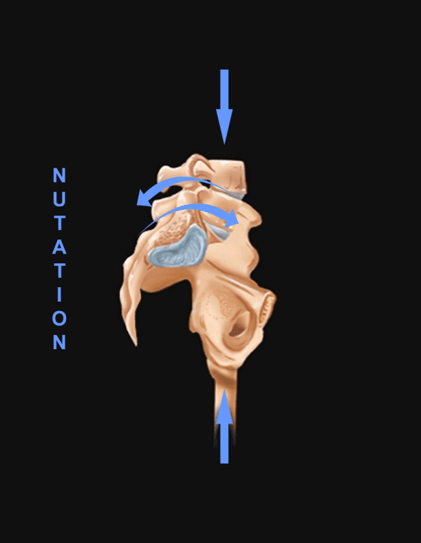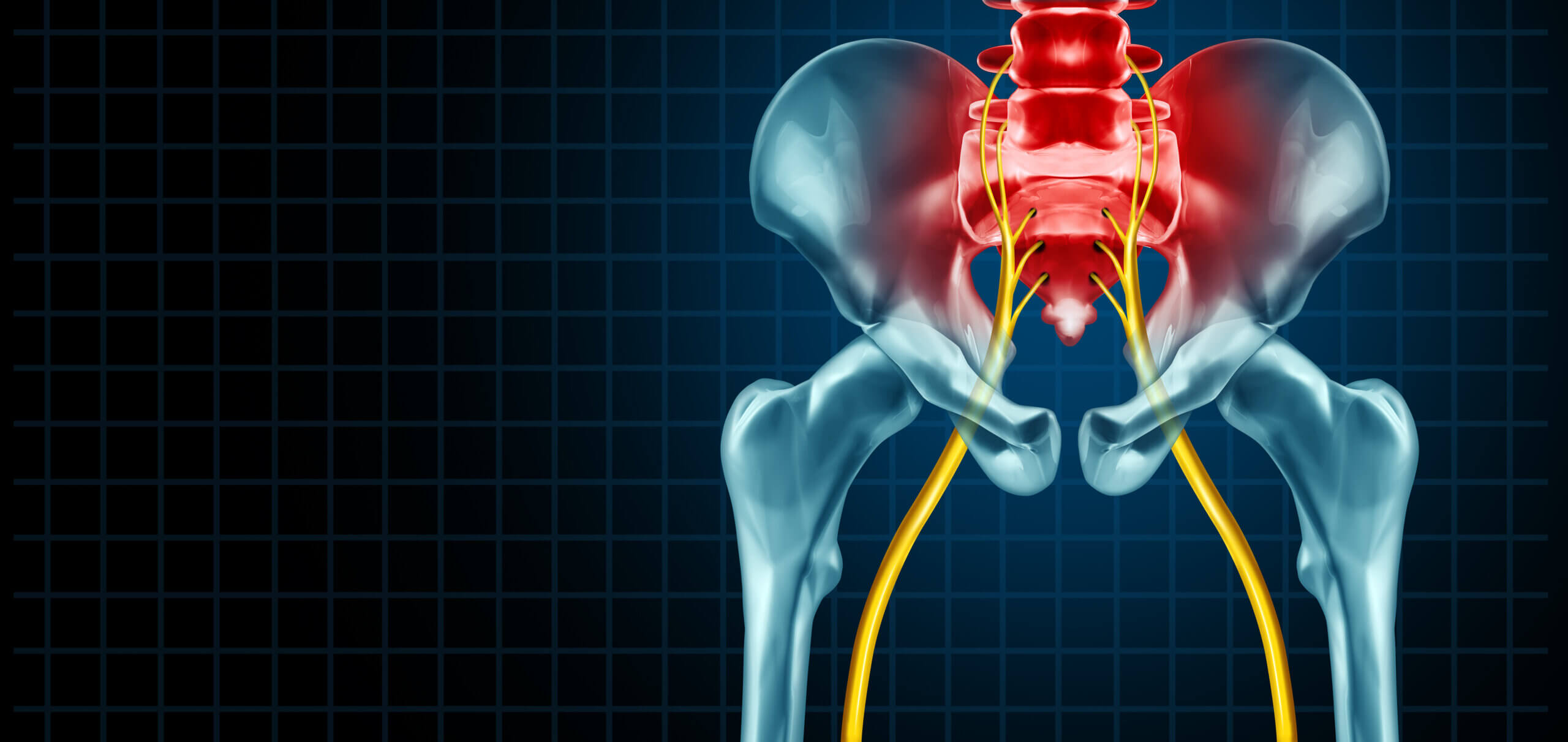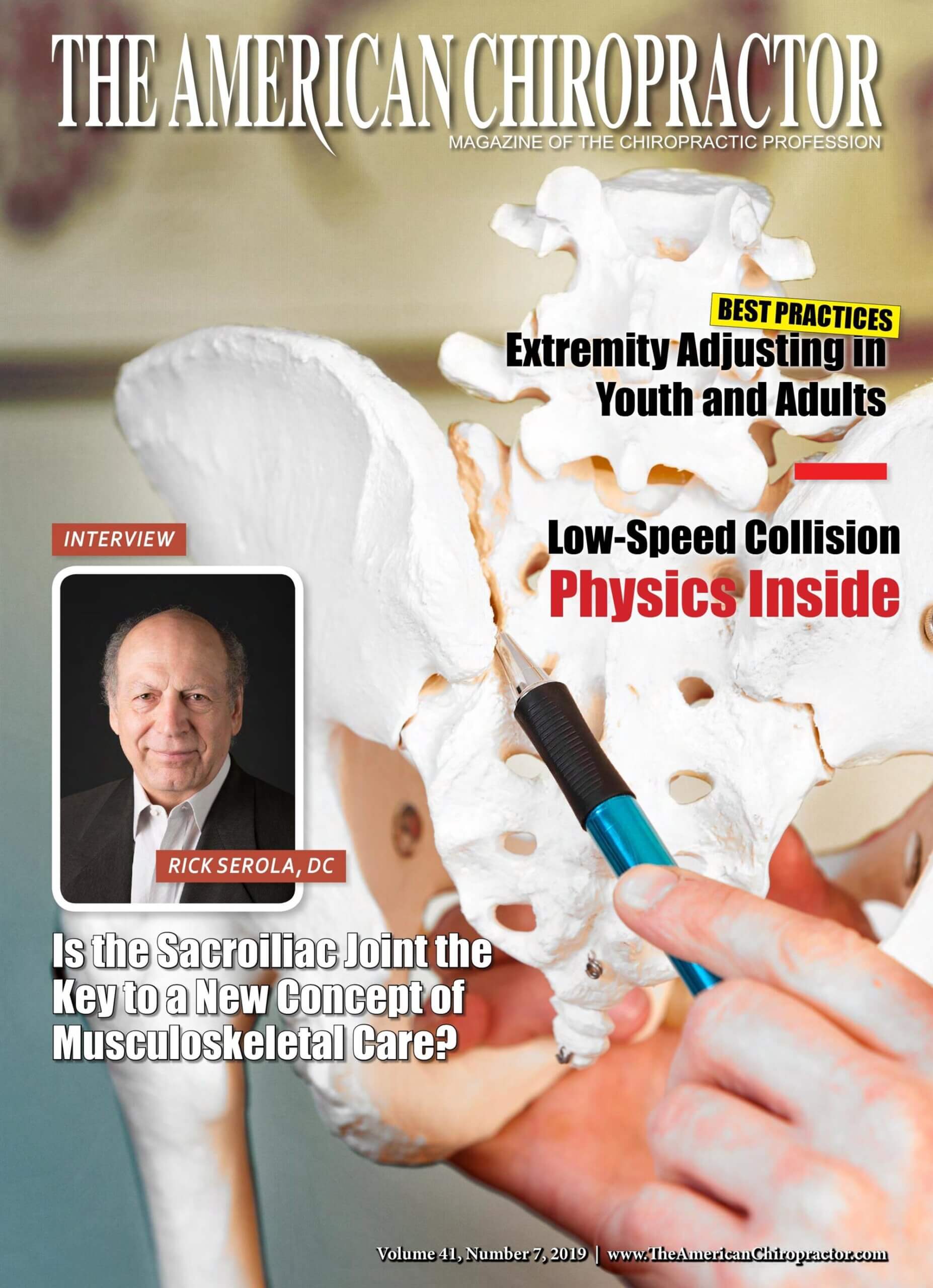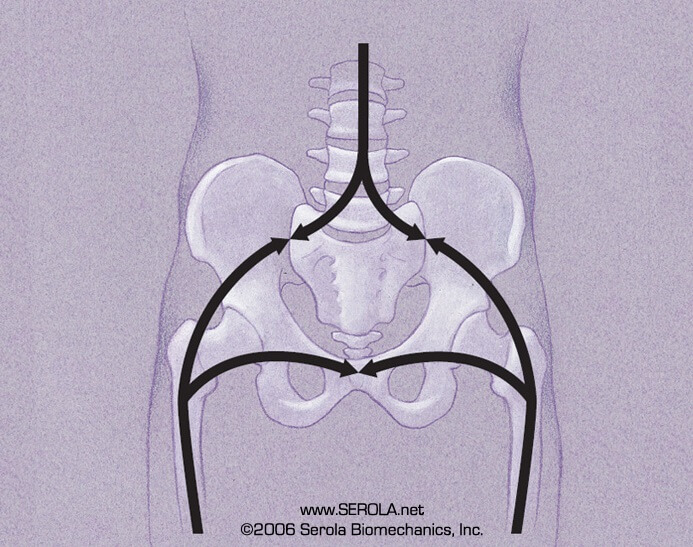
It is well established that bending, lifting, and twisting are the movements that cause most back pain. Biomechanically, these actions put more stress on the sacroiliac joints than on the lumbar discs. So, when we consider biomechanical approaches to back, hip, or leg pain, we should first look at the sacroiliac joint because of how forces are transferred through our structure. When force (weight) is transmitted downward through the spine …



